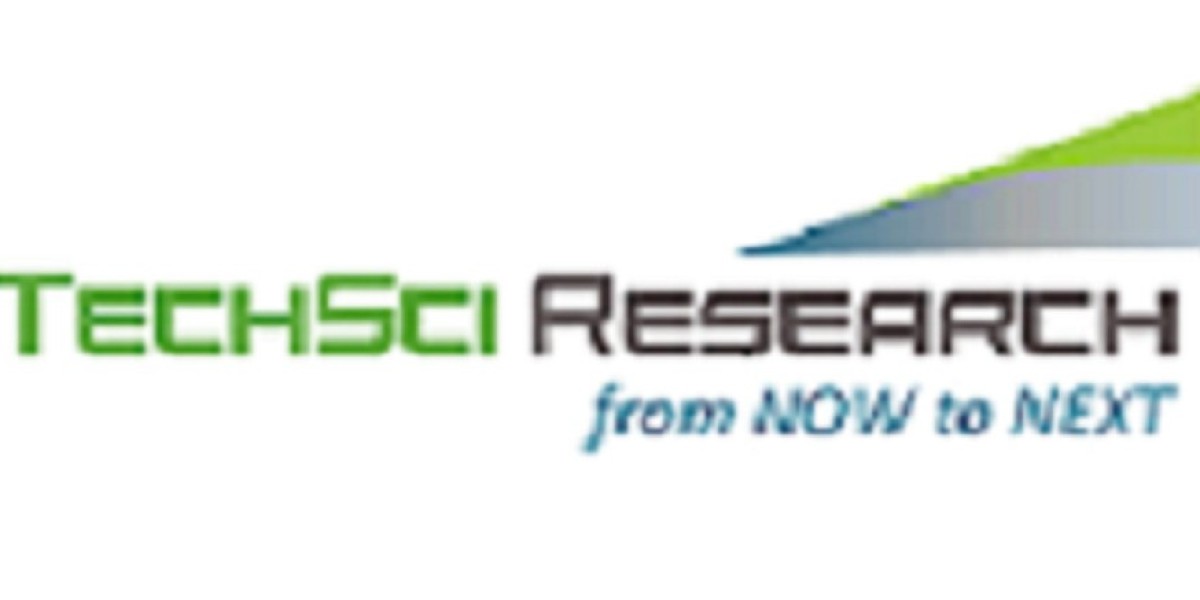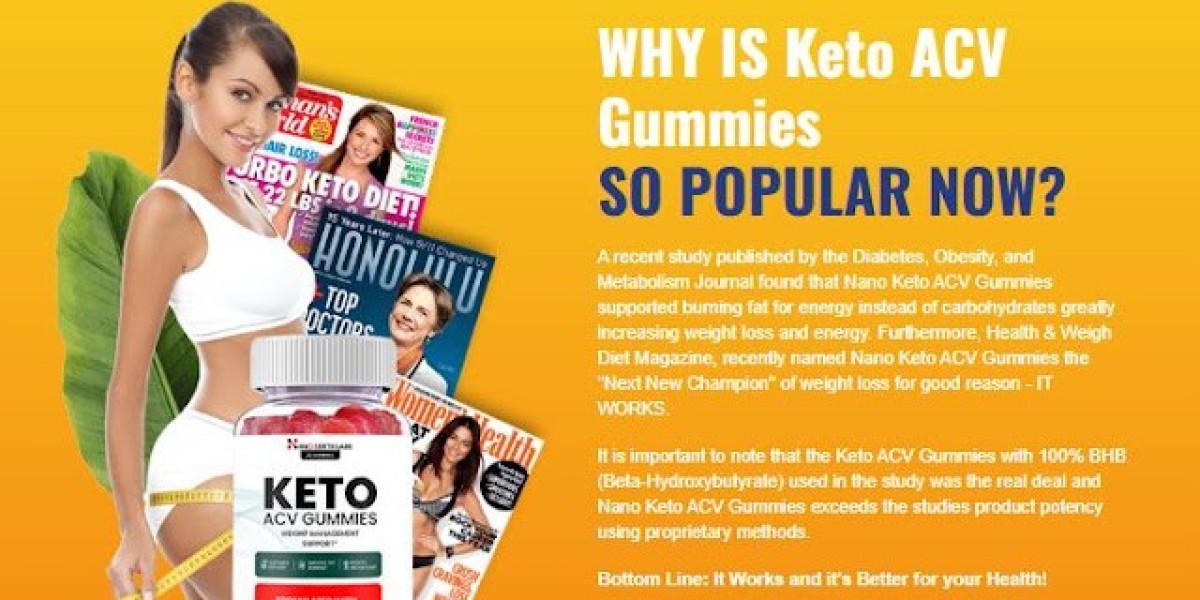Market Overview
According to TechSci Research’s latest report, “United States Heatless Hair Curler Market – By Region, Competition Forecast & Opportunities, 2020-2030F,” the United States Heatless Hair Curler Market was valued at USD 30.39 million in 2024 and is projected to reach USD 59.34 million by 2030, growing at a CAGR of 11.86% during the forecast period.
The market is undergoing a rapid transformation driven by rising awareness about hair health, a cultural shift toward low-maintenance beauty routines, and the increasing popularity of social media-driven beauty trends. Heatless curlers are emerging as a practical, sustainable, and damage-free alternative to traditional heat-based styling tools like curling irons and blow dryers. As consumers across the U.S. adopt health-conscious and eco-friendly beauty practices, heatless curlers are gaining traction across diverse demographics.
Download Free Sample Report - https://www.techsciresearch.com/sample-report.aspx?cid=28413
Industry Key Highlights
Market Size (2024): USD 30.39 Million
Forecast Market Size (2030): USD 59.34 Million
CAGR (2025–2030): 11.86%
Key Segments: Flexi Rods, Foam Rollers, Ribbon Curls
Top Sales Channel: Online Retail
Fastest-Growing Region: Western U.S.
Market Drivers
1. Health-Conscious Beauty Trends
The growing preference for hair health over styling speed is at the heart of this market’s growth. As awareness spreads about the long-term damage caused by heated styling tools—such as dryness, split ends, and breakage—consumers are actively seeking safer alternatives. Heatless curlers:
Prevent thermal damage
Preserve natural hair moisture and texture
Offer gentle styling options for chemically treated or fragile hair
Are ideal for overnight or on-the-go use
This shift is particularly evident among Gen Z and millennial consumers, who prioritize holistic beauty regimens that balance efficacy with safety.
2. Social Media and Influencer-Driven Adoption
Platforms like TikTok, Instagram, and YouTube have played a pivotal role in promoting heatless curling methods. Viral tutorials, product reviews, and real-time transformation videos have accelerated adoption across all age groups.
Influencers demonstrate how to achieve salon-quality curls without heat
Brands leverage user-generated content and affiliate marketing for organic reach
Tutorials help bridge the education gap, encouraging first-time buyers
This visual storytelling has proven crucial in converting passive viewers into buyers, especially in the DTC (direct-to-consumer) model.
3. Product Innovation and Material Advancements
Heatless hair curlers are no longer a one-size-fits-all product. The market now offers a wide range of styles and materials to suit individual preferences:
Flexi rods: Bendable and versatile, ideal for tight or loose curls
Foam rollers: Lightweight, easy to use overnight
Ribbon curlers (silk/satin wraps): Gentle on hair, minimize frizz
Spiral and wave-formers: Designed for defined textures or beachy waves
Product differentiation through ergonomic design, soft-touch fabrics, and sustainable packaging further appeals to environmentally aware buyers and supports brand premiumization.
4. Rising Demand for Low-Maintenance Beauty
With busier lifestyles and a renewed focus on convenience, many U.S. consumers are adopting minimal-effort beauty routines. Heatless curlers align well with this trend, offering:
Time-saving solutions (set and forget styling overnight)
Portability for travel or multitasking
Compatibility with “clean beauty” and “self-care” ideologies
For working professionals, students, and parents, these tools present an appealing combination of ease and performance.
![]()
Emerging Trends
1. Growth of Sustainable and Eco-Friendly Alternatives
Sustainability is no longer a niche preference but a mainstream expectation. In response, brands are:
Using recyclable and biodegradable materials (bamboo fibers, plant-based foams)
Offering vegan-friendly and cruelty-free packaging
Eliminating plastic wrapping in favor of reusable storage pouches
Emphasizing ethical sourcing and zero-waste production models
This trend resonates especially with buyers in urban and coastal markets, where eco-conscious consumption is part of lifestyle identity.
2. Subscription and DTC Models
To tap into recurring revenue and long-term customer engagement, several brands are experimenting with:
Monthly subscription boxes featuring styling kits, curlers, accessories, and tutorials
Exclusive online-only bundles and limited-edition colorways
DTC platforms offering custom styling recommendations and video consultations
These personalized services increase customer loyalty and lifetime value.
3. Gender-Neutral and Inclusive Branding
Heatless curlers, traditionally marketed to women, are now being rebranded as inclusive grooming tools suitable for all hair types and genders. Progressive brands are avoiding hyper-feminized marketing and instead emphasizing:
Hair health benefits for everyone
Unisex aesthetics and packaging
Representation of diverse users in marketing campaigns
This aligns with broader inclusivity trends in personal care and opens access to untapped demographics.
Market Challenges
1. Inconsistent User Experience
The effectiveness of heatless curlers depends on multiple factors including:
Hair texture (straight, wavy, coily)
Hair length and density
Skill level and wrapping technique
Product material and type
As a result, some consumers experience suboptimal or unpredictable results, which can lead to dissatisfaction and return rates. Managing expectations and providing clear tutorials is critical to customer retention.
2. Lack of Consumer Education
Despite high interest, many potential users remain unaware of:
Which curler type suits their hair
How long to leave the curler in
How to avoid flat roots or frizz
How to pair curlers with hair care products for best results
Brands that invest in how-to guides, influencer collaborations, and customer service bots are more likely to overcome this barrier.
3. Competition from Heat-Based Tools
While awareness of heat damage is growing, traditional curling irons and blow-dry brushes remain popular due to:
Immediate results
Professional-grade styling precision
Greater familiarity and wide retail presence
For heatless products to compete effectively, they must continue innovating on results and convenience while emphasizing long-term hair benefits.
Segmentation Analysis
By Type
Flexi Rods: Flexible and easy to use; preferred by users looking for medium to tight curls.
Ribbon Curls: Silk or satin wraps ideal for reducing friction and protecting natural curls.
Foam Rollers: Soft and comfortable for overnight use; suitable for larger curls or waves.
Others: Includes spiral curlers, wave-formers, and DIY kits.
By Application
Residential (Dominant Segment): Consumers using at home, driven by personal care and TikTok beauty trends.
Commercial: Growing use in salons, beauty parlors, and bridal styling due to increasing client demand for non-damaging alternatives.
By Sales Channel
1. Online (Fastest-Growing Segment)
Dominated by platforms like Amazon, Ulta, Sephora, Shein, and brand-owned DTC websites
Offers benefits like:
User reviews and ratings
Bundled kits and discounts
Access to niche and imported products
2. Supermarkets/Hypermarkets
Traditional beauty aisles still attract spontaneous buyers
Limited to popular SKUs and lack customization
3. Multi-Branded Retail Stores
Specialty chains and beauty supply stores (e.g., Sally Beauty) offering premium or niche brands
Regional Insights
West (Fastest Growing Region)
States like California, Oregon, and Washington are leading the demand for heatless hair curlers due to:
Strong culture of wellness, sustainability, and natural beauty
High concentration of beauty influencers and early adopters
Advanced e-commerce infrastructure and DTC penetration
Preference for non-toxic, eco-conscious beauty routines
Northeast
Driven by urban millennials and Gen Z in cities like New York and Boston
Strong salon influence and bridal market for commercial use
South and Midwest
Growing awareness fueled by social media
Increasing online sales as broadband access expands
Competitive Landscape
Top Companies in the Market
| Company | Competitive Advantage |
|---|---|
| Kitsch, LLC | Leader in sustainable silk curlers, strong influencer partnerships |
| Hair Flair Ltd | Inventor of the original Curlformers® with patent-protected designs |
| Primark Limited | Budget-friendly, mass-market offerings |
| Strands of Silk | Luxury silk-based accessories, ideal for nighttime use |
| The Maarg | Known for innovation in flexible overnight curlers |
| Sleep Styler Ltd | Popularized via Shark Tank; emphasis on comfort and health |
| Cozy Curlers | Family-friendly and travel-focused product line |
| Cordina Ltd. | Customizable kits and styling bundles |
| Silke London | Premium satin/silk heatless curlers; appeals to high-end segment |
| Shegato | Niche brand with strong DTC and storytelling presence |
These players differentiate through material quality, marketing strategy, product ergonomics, and price segmentation.
Future Outlook
Short-Term Outlook (2025–2027)
Continued dominance of online sales channels
Rising demand for custom kits based on hair type
Expansion of tutorial-driven content marketing on TikTok and YouTube
Long-Term Outlook (2028–2030)
Integration of AR/VR for virtual styling trials
AI-powered product recommendation systems based on hair scans
Growth of biodegradable and plant-based curler materials
Greater penetration in the men’s grooming and teen/child markets
10 Key Benefits of the TechSci Research Report
Accurate sizing and CAGR projections (2024–2030)
In-depth segmentation by product type, application, and region
Insights into the role of social media in consumer behavior
Competitive landscape featuring top domestic and global brands
Evaluation of online vs. offline sales trends
Analysis of emerging materials and sustainable packaging
Key consumer personas and buying motivators
Regional breakdowns and growth pockets
Risk assessment and market challenges
Actionable intelligence for retailers, startups, and investors
The United States Heatless Hair Curler Market is poised for accelerated growth as it aligns with broader beauty trends emphasizing wellness, sustainability, convenience, and personalization. As younger, socially connected consumers dominate the space, brands that can combine innovation with storytelling, clean design, and digital engagement will be well-positioned to capture market share.
Heatless hair curlers are no longer a fad—they represent a conscious shift in how beauty is practiced, consumed, and shared. With continued investment in R&D, marketing, and user education, this category can become a mainstay in both household and professional styling arsenals.
Contact Us-
TechSci Research LLC
420 Lexington Avenue, Suite 300,
New York, United States- 10170
M: +13322586602
Website: www.techsciresearch.com






